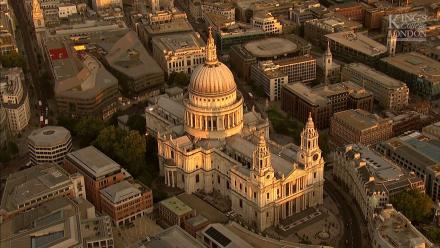Forty students from across the campus are hoping that they can better their results from 2017 when the MTAA Super Sol Invictus solar car sets off from Darwin in the 2019 Bridgestone World Solar Challenge.
The students, from almost every discipline and academic college on campus, have spent the best part of the past two years designing and building the new car, dubbed the MTAA Super Charge 2, to compete against the world’s best institutions including Stanford University and the University of Cambridge.
The Bridgestone World Solar Challenge involves teams from around the world competing in a 3,000 kilometre race from Darwin to Adelaide in their own solar-powered cars.
The team’s spokesperson, Bella Novak, says the 2019 car, which was built from scratch, cost the team $225,000 to construct.
“The main design change was a shift from an aluminium steel design previously, to full carbon-fibre. It’s beautiful,” says Bella, who is studying a Bachelor of Finance and Bachelor of Commerce majoring in marketing.
The team have also gained the support of the local ACT community by running a colouring competition for primary school students, resulting in the exterior of the car, the flame design stretching across the length of the solar car chosen as the winner from a year four student at Maribyrnong Primary.
Building on the lessons of 2017, the team have also had more time to test the car – including its solar panels ahead of the two-week race.
“We have to follow the specific guidelines – basically we can only go when there’s sunlight. It’s a seven-day race. But our aerodynamics are way better than last time and the car is way lighter, so it’s going to go much further, so we’ll get way more distance than we did before,” Bella says.
Four drivers will be taking it in turns to drive the car to Adelaide during the race, switching every three hours.
“They’re going to have a pretty hard time in the heat,” Bella says.
“So for them they’ve had to do personal training to be prepared for it,” says Bella’s colleague, Isabel Richards, who is studying a Bachelor of Science (Advanced)(Honours).
The team is hoping to stay on the heels of the Vattenfall Team from Delft, Netherlands who are not only the most successful team in the BWSC’s history but who have also won the race three times in a row.
“Everyone has come up with different designs. Our car sits to the side and the solar panels are to the left. But some designs have the driver sitting smack bang in the middle with the solar panels all around like a UFO – it’s amazing!” Bella says.
For both Bella and Isabel, the experience has been an incredibly valuable one involving meeting other ANU students from disciplines they wouldn’t have met if they had not signed up to the team.
“I have really enjoyed meeting people who I wouldn’t meet normally because it’s such an interdisciplinary team,” Isabel says. “I’m meeting people from Law and Engineering. And I’m also studying science communication so it’s been great to practice what I’ve been studying in class.”
“Since the beginning we’ve been a sort of family and we’ve just carried on that family as the months go by,” Bella says.
“We’ve had people on the team who came to the ANU because they knew we had a solar car team.”
Stay up to date with the MTAA Super Sol Invictus team throughout their race from Darwin to Adelaide via their facebook page.
Stats about the new car:
Total vehicle weight – 180 kilograms (100 kilograms lighter than the 2017 model car)
Chassis: carbon fibre (weighs 60 kilograms)
Top speed: exceeds 100 kilometres per hour
Average speed expected: 85 kilometres per hour













